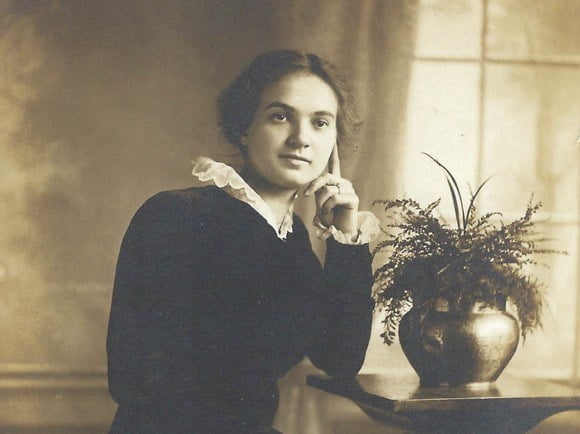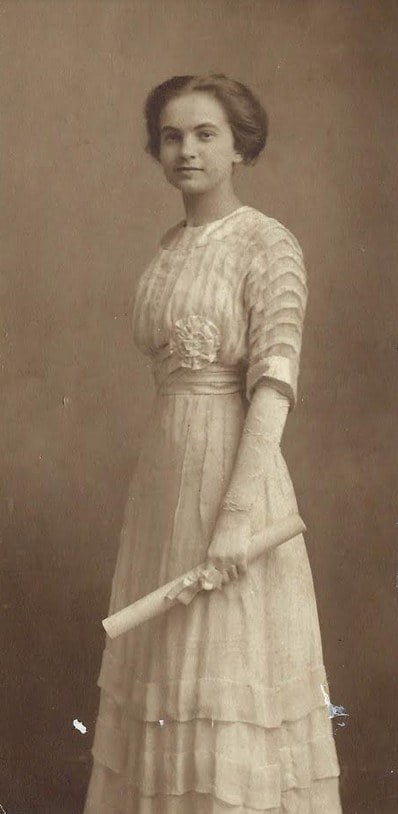Written by Janet Stone McGuigan

To judge the world’s efforts to combat the corona virus, we will have to imagine an alternate future – one that didn’t happen, but that might have. It is so easy to think that history is inevitable, and much harder to consider that history was the uncertain future to the people yet to live it.
These thoughts sound like they were sparked by a sci-fi movie, but they came to me as I was sorting through boxes of memorabilia I saved after selling my childhood home last fall.
A very kind cousin had helped me prepare the house for the sale, and as we labored, we reminisced. I asked her if she remembered a story involving our great-grandfather, who had a dairy business in Upstate New York.
“Did you know Grandpa Bethka operated a landing strip on his farm before Hancock Airport was built? I think there was even some big plane crash.” She didn’t, and I appreciated that her face didn’t betray how nutty this story sounded. I decided that I must have invented this family history.
Then going through the boxes, which I now have a lot of time to do in this period of confinement, I found an article from a local paper that supported my memory. I’m pretty sure my mother was the source of the article, so now readers know from whom I inherited my letter writing habit!
A photo, taken by my grandmother and dated September 1919, showed a 26-passenger Lawson airliner nose down and tail up in my great-grandfather’s cabbage patch. Among its passengers was a female reporter who continued to powder her nose even as the plane came to its dramatic stop. (A quick Google search further confirmed this story by turning up a short article in the September 15, 1919 Aerial Age Weekly.)

How strange to come across a piece of history from 1919, when the world was also dealing with an influenza pandemic. Without the yellowing newspaper, this history wasn’t tangible to me, but the story was nevertheless true.
Also true, on June 4th of that same year, Congress passed the 19th Amendment, to secure the vote for women. My grandmother, the one who recorded the plane crash with her beloved Brownie, devoted much of her energy to making this happen. She was one in a small army of suffragists who tested boundaries and pushed the envelope, sporting bobbed hair and driving a Reo. When this was recounted to me as a teenager, I couldn’t get past the image of my proper grandmother in an REO Speedwagon without giggling. In my callow youth I couldn’t imagine women not having the vote or being discouraged from living an unrestricted life.

Today’s pandemic has let me feel the experience of the 1919 pandemic in a way I could not before. And so too can I better relate to my grandmother’s life experience. As we celebrate the centenary of the ratification of the vote for women this coming August, I appreciate the achievements of her generation and yet see that women still have far to go on the journey to equality. Today’s pandemic is not unprecedented but put more accurately, unprecedented in living memory. I hope we do not have to experience more such things, and instead can imagine the future we desire, take action and make it happen.
And the airliner in the article? It turns out that it was only temporarily grounded on its inaugural cross-country flight. Like the intrepid woman journalist on that 1919 flight, I hope we are all soaring again very, very soon.
Janet Stone McGuigan lives in Old Greenwich and serves on the Board of the League of Women Voters of Greenwich